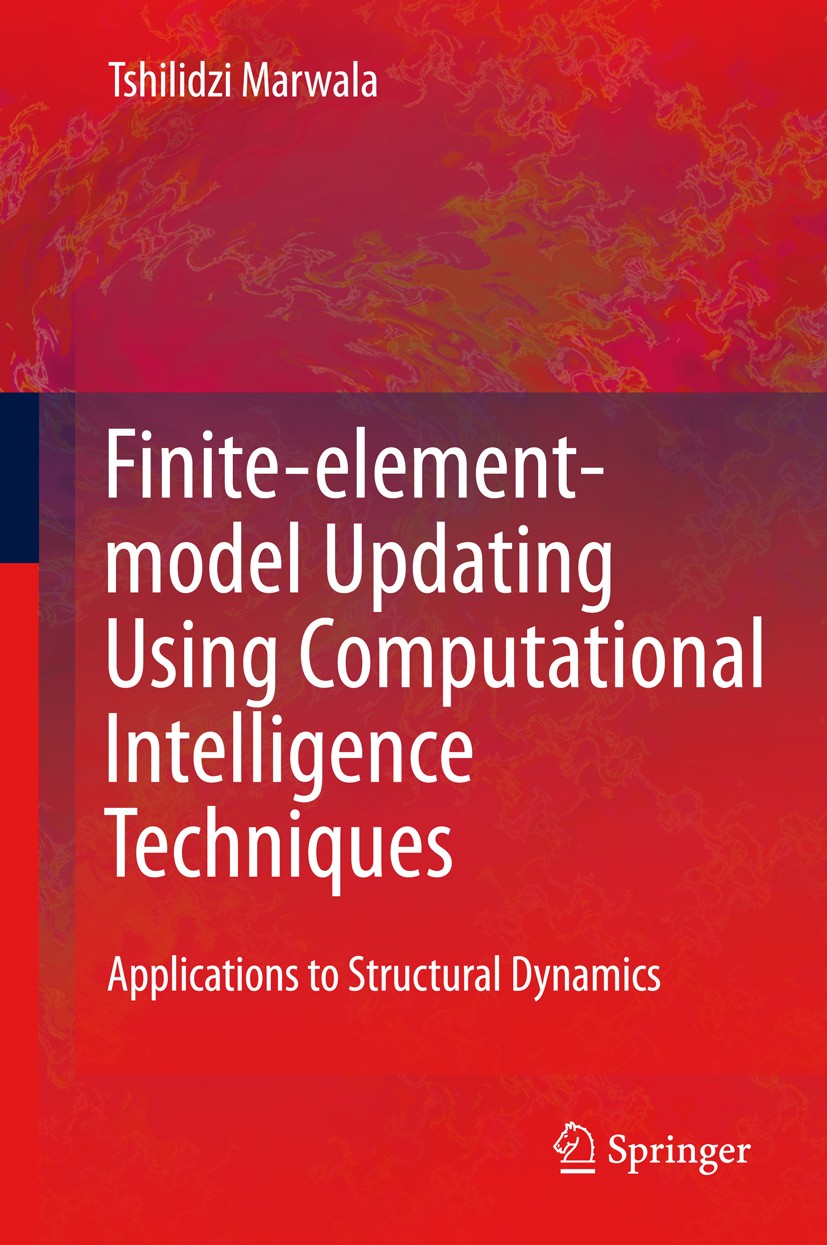| 书目名称 | Finite Element Model Updating Using Computational Intelligence Techniques |
| 副标题 | Applications to Stru |
| 编辑 | Tshilidzi Marwala |
| 视频video | http://file.papertrans.cn/344/343698/343698.mp4 |
| 概述 | Shows the reader advanced methods for tuning finite element simulations to measured data Dual use of expectation maximization and response surface methods compensates for computational complexity Robu |
| 图书封面 |  |
| 描述 | FEM updating allows FEMs to be tuned better to reflect measured data. It can be conducted using two different statistical frameworks: the maximum likelihood approach and Bayesian approaches. This book applies both strategies to the field of structural mechanics, using vibration data.Computational intelligence techniques including: multi-layer perceptron neural networks; particle swarm and GA-based optimization methods; simulated annealing; response surface methods; and expectation maximization algorithms, are proposed to facilitate the updating process.Based on these methods, the most appropriate updated FEM is selected, a problem that traditional FEM updating has not addressed. This is found to incorporate engineering judgment into finite elements through the formulations of prior distributions.Case studies, demonstrating the principles test the viability of the approaches, and. by critically analysing the state of the art in FEM updating, this book identifies new research directions. |
| 出版日期 | Book 2010 |
| 关键词 | STATISTICA; algorithm; algorithms; design; finite element method; genetic algorithms; linear optimization; |
| 版次 | 1 |
| doi | https://doi.org/10.1007/978-1-84996-323-7 |
| isbn_softcover | 978-1-4471-5716-8 |
| isbn_ebook | 978-1-84996-323-7 |
| copyright | Springer-Verlag London 2010 |
 |Archiver|手机版|小黑屋|
派博传思国际
( 京公网安备110108008328)
GMT+8, 2025-11-14 03:31
|Archiver|手机版|小黑屋|
派博传思国际
( 京公网安备110108008328)
GMT+8, 2025-11-14 03:31


